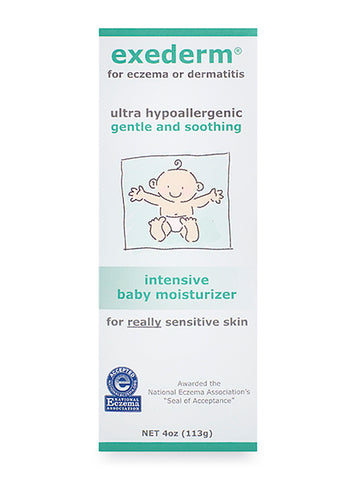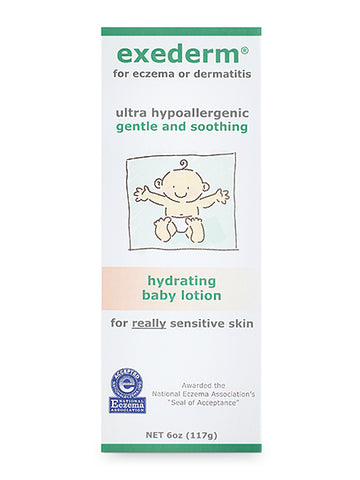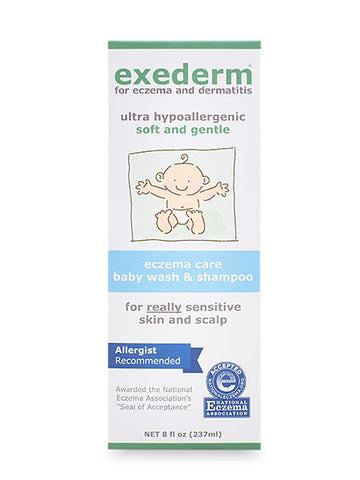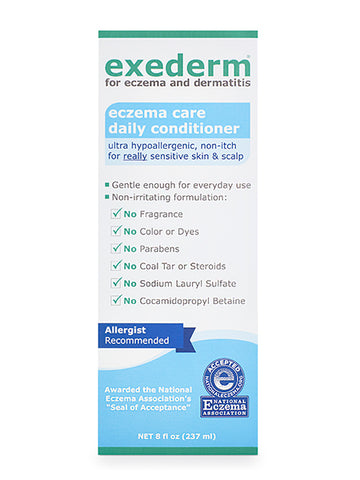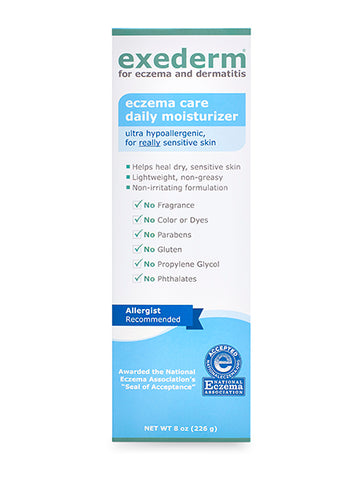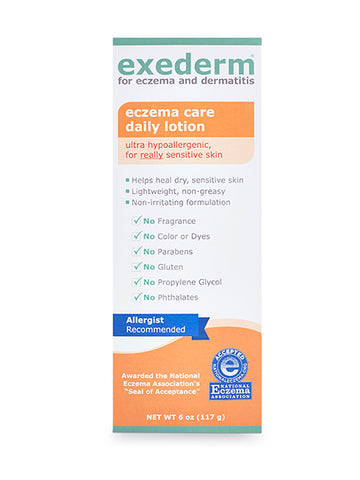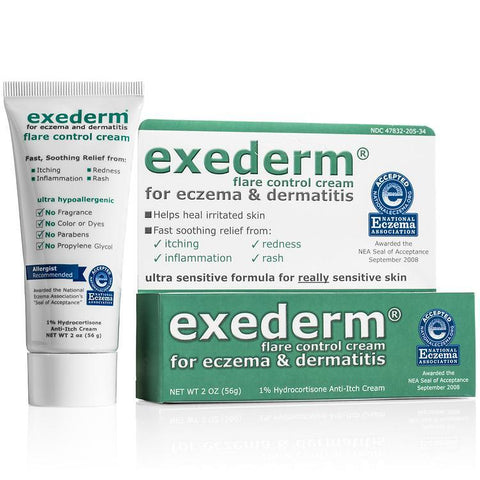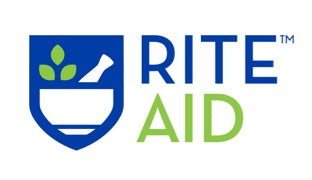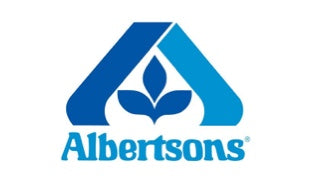Seborrheic Dermatitis
Seborrheic dermatitis is a common skin disorder that mainly affects the scalp, causing scaly, itchy, red skin and stubborn dandruff.
In babies, seborrheic dermatitis of the scalp is often referred to as cradle cap. Less commonly, seborrheic dermatitis can also affect oily areas of the body such as the face, upper chest or back.
What causes seborrheic dermatitis?
The exact cause of seborrheic dermatitis isn't known, however, it is likely that an important factor is an abnormality of the oil glands and hair follicles. People with this disorder seem to have increased oil production.
Outbreaks may be linked with production of certain hormones, stress, fatigue, travel, seasonality — outbreaks are often worse in the winter.
What does it look like?
Common signs and symptoms of seborrheic dermatitis include:
- Patchy scaling or thick crusts on the scalp or hair shaft
- Red, greasy skin covered with flaky white or yellow scales
- Small, reddish-brown bumps
- Itching or soreness
- Skin flakes or dandruff
How can I treat it?
Experts often recommend topical treatment with one of the following indredients:
- Ketoconazole
- Pyrithione zinc
- Selenium Sulfide
- Salicylic acid
Long term use of most medicated shampoos is NOT recommended. The manufacturers of medicated shampoo usually recommend using just twice a week between normal shampoo products.
How can I avoid it?
Watch out for common chemicals irritants that may trigger a seborrheic dermatitis flare-up. Often indgredients found in well known shampoo's or conditioners brands can irritate. Even some brands labeled 'hypoallergenic', 'sensitive' or 'natural' contain unnecessary additives & harsh chemicals.
In particular, look out for fragrances, colors and harsh preservatives such as parabens (butylparaben, propylparaben, methylparaben) or methylisothiazolinone.
For shampoos, be especially careful to avoid SLS (sodium laureth sulfate) or CAPB (cocamidopropyl betaine) — both of these ingredients have been known to trigger contact dermatitis.

